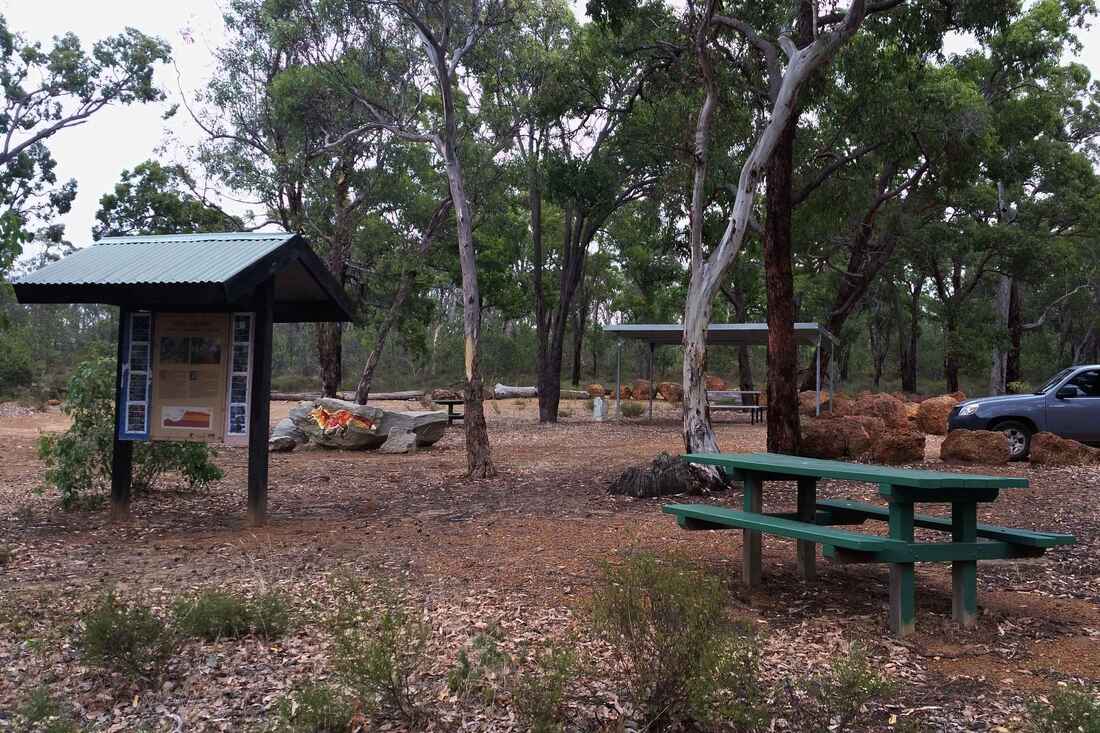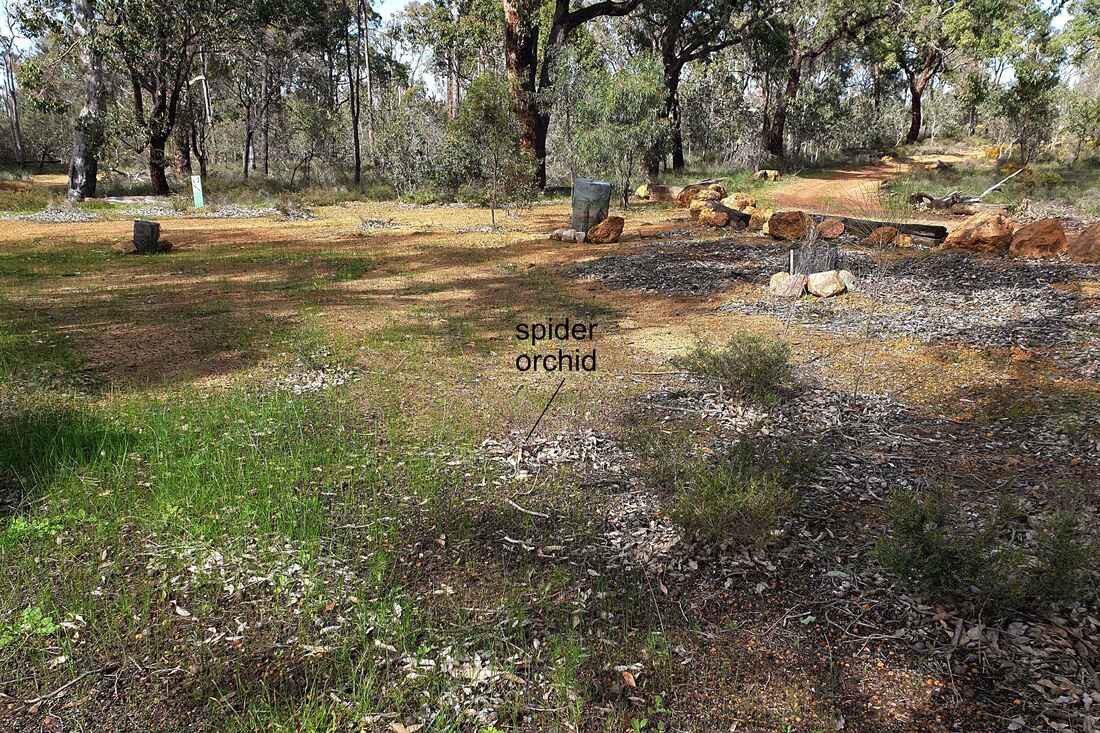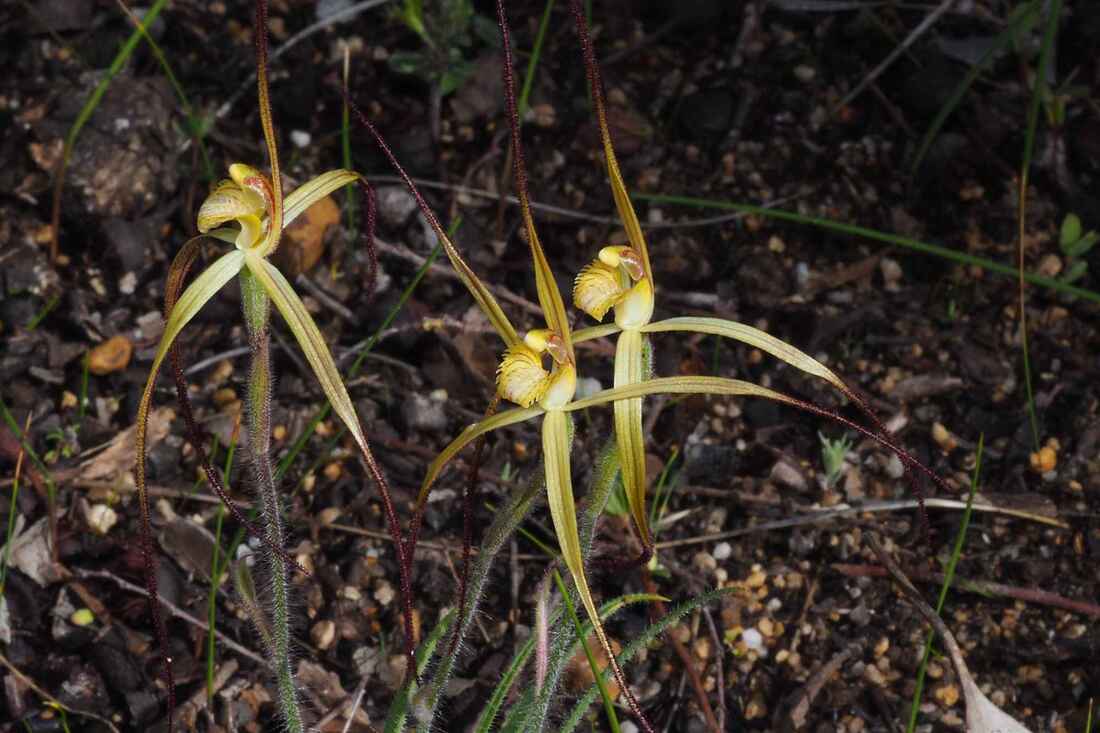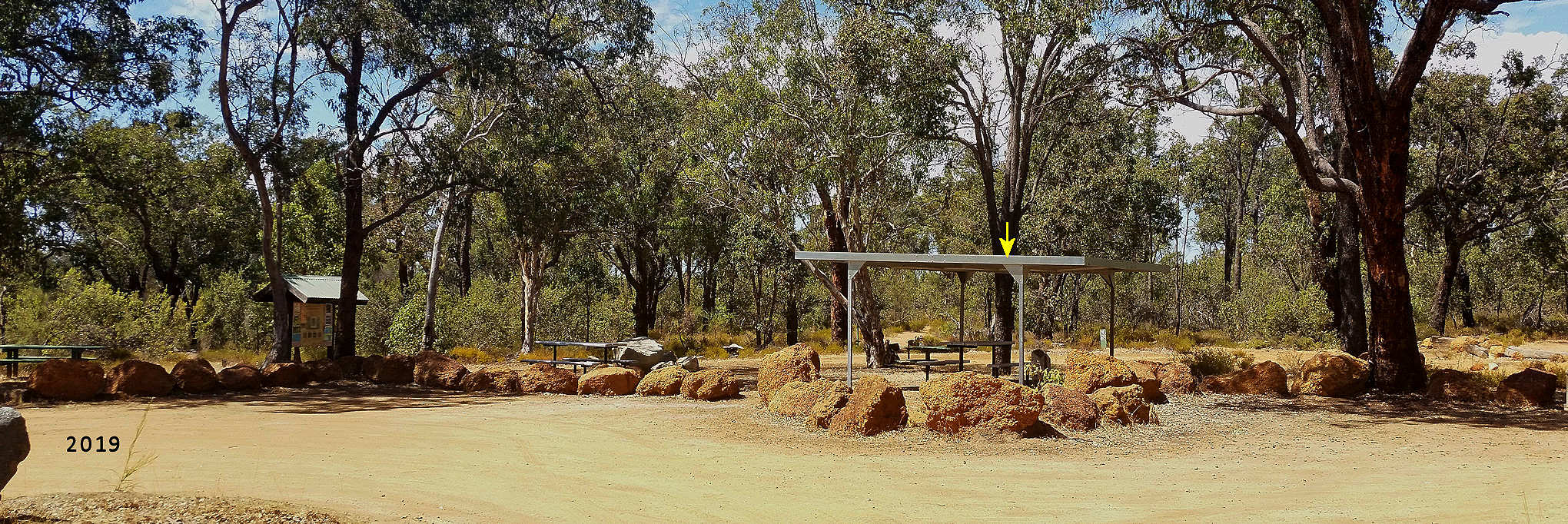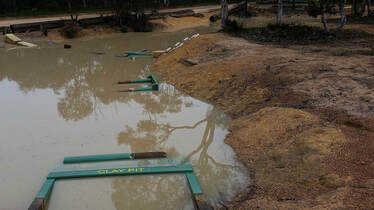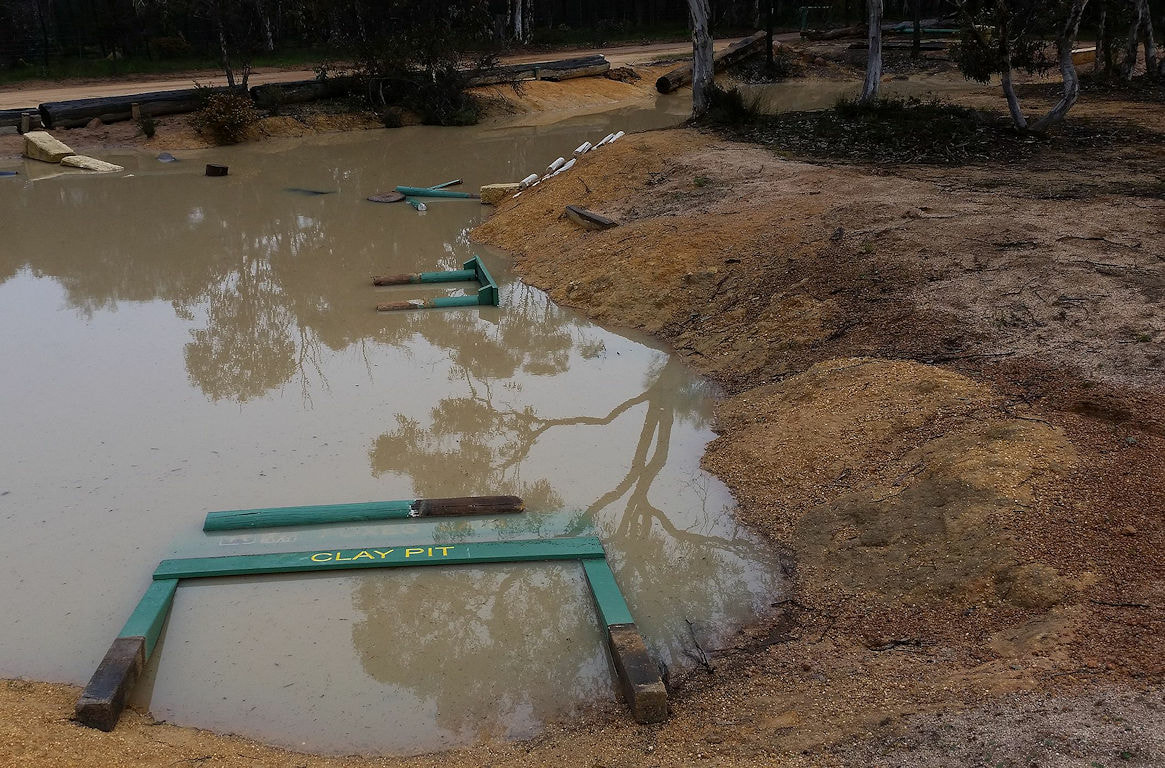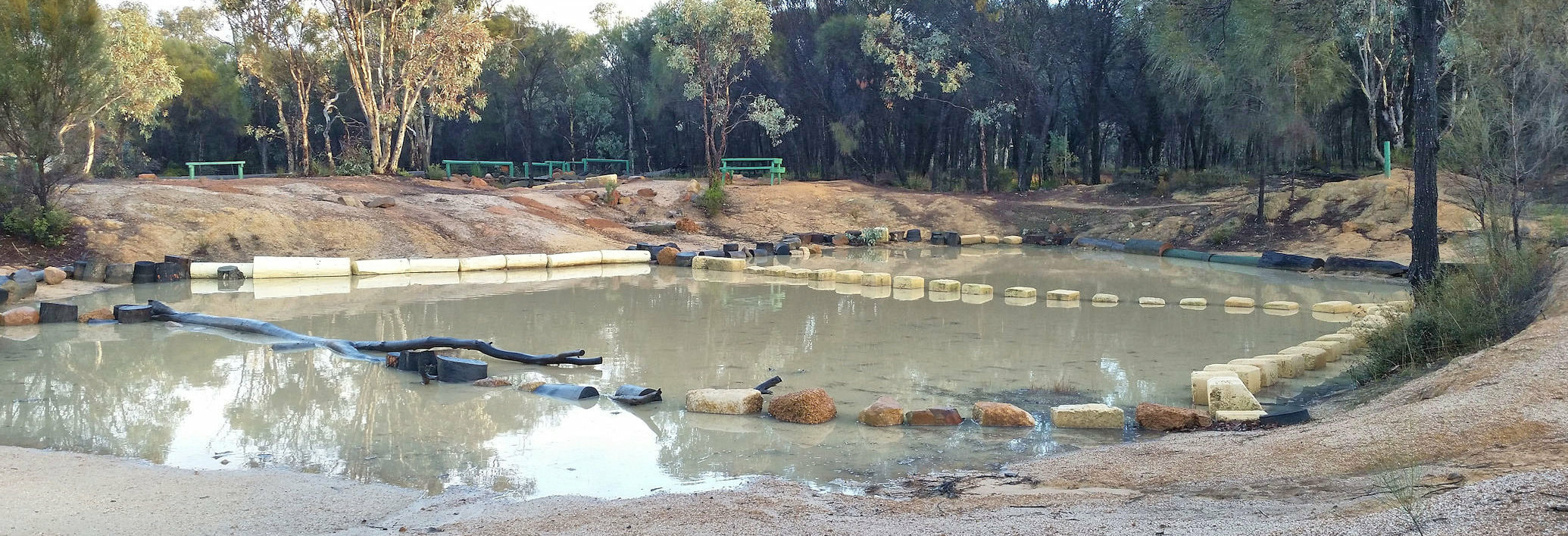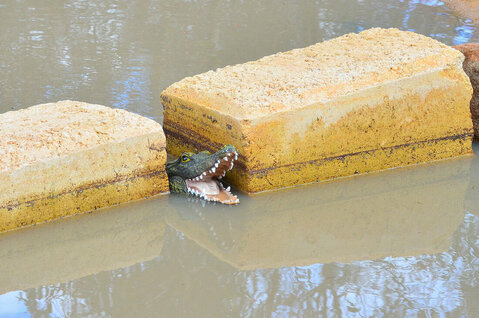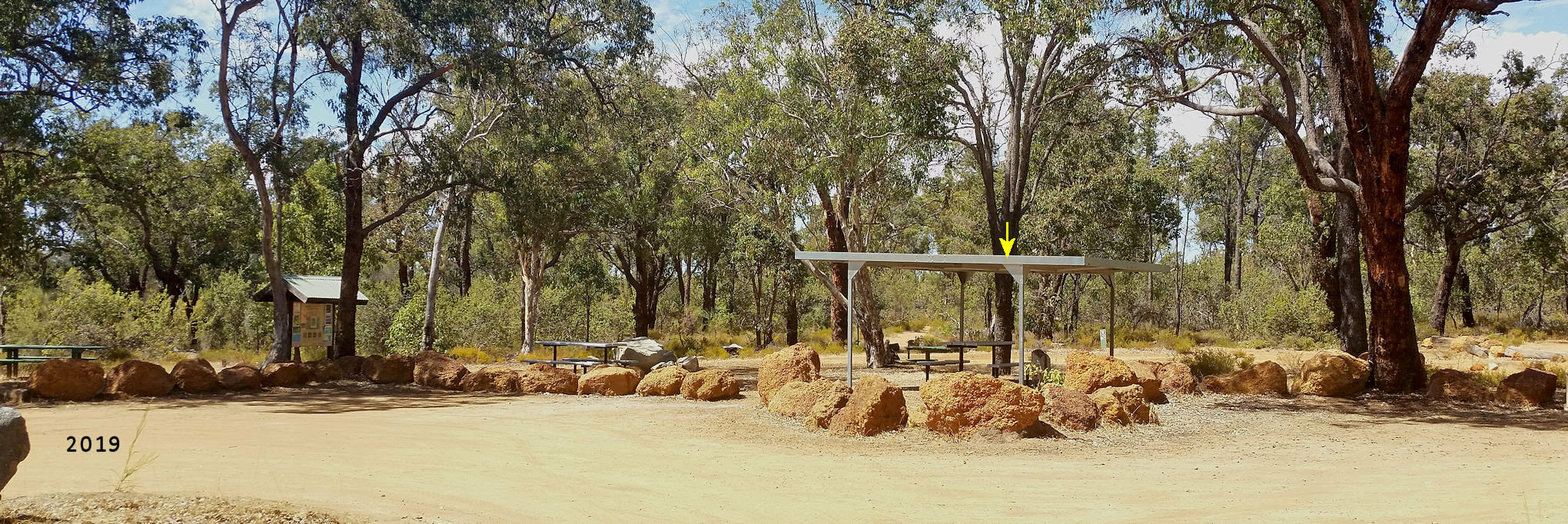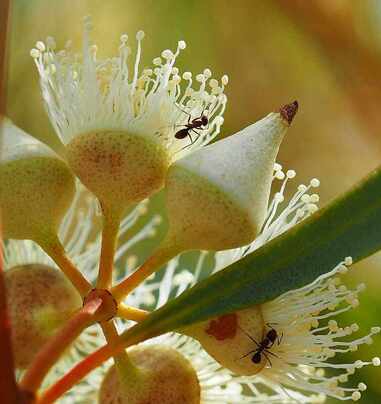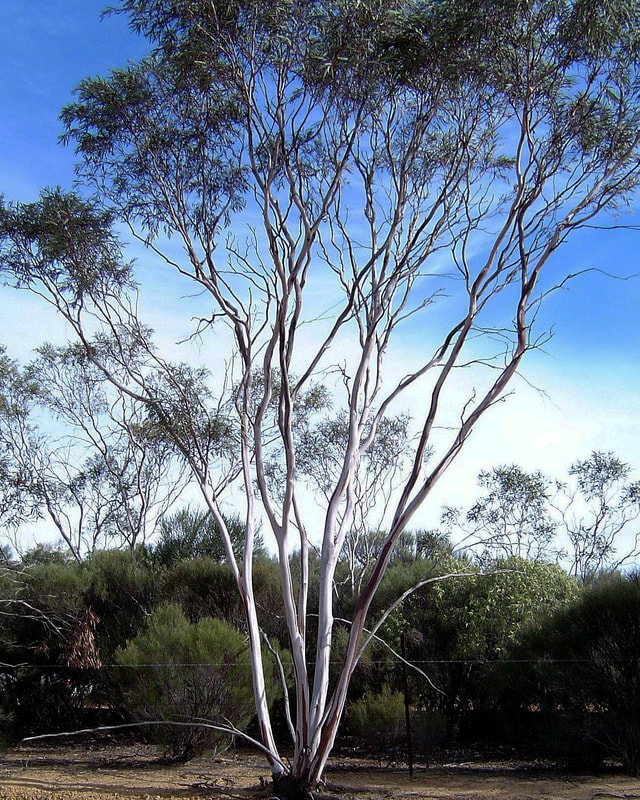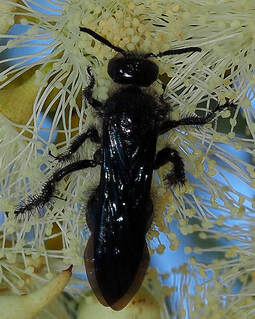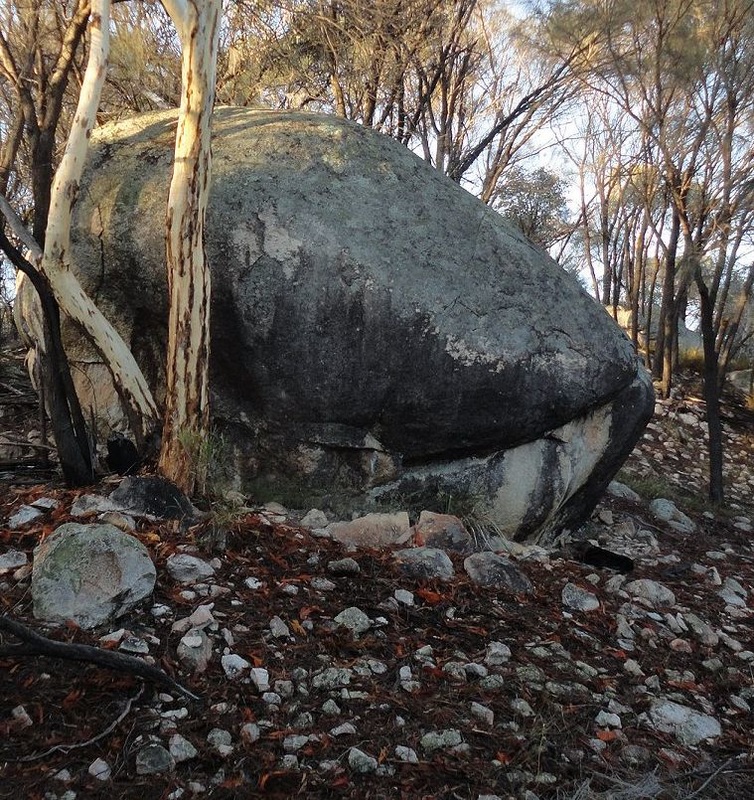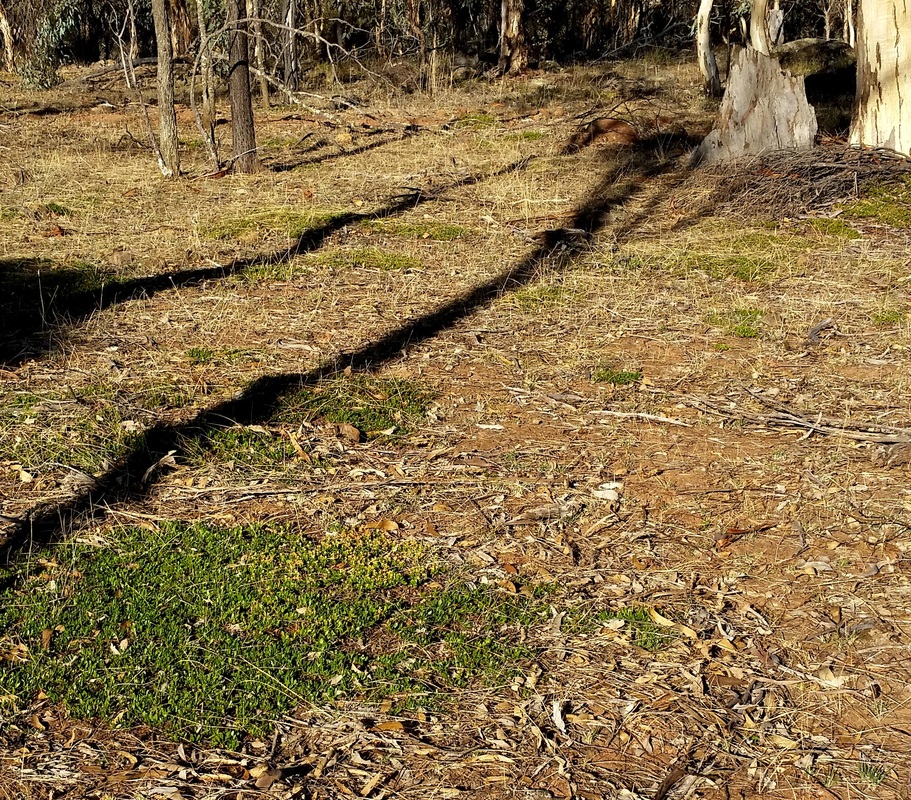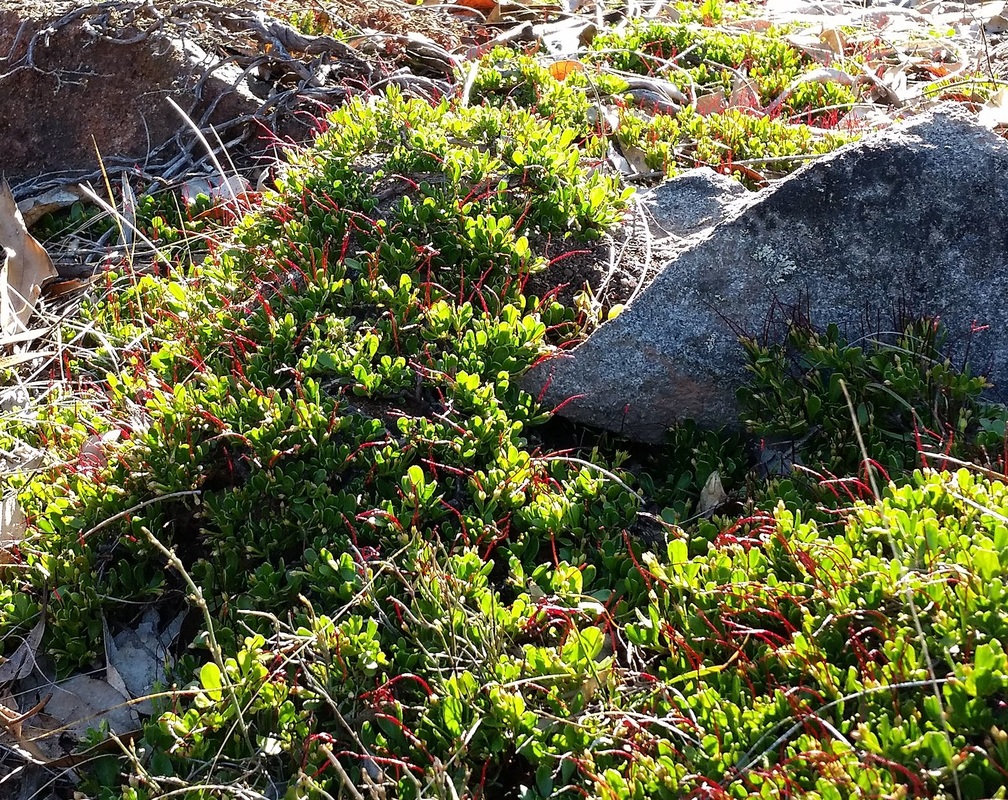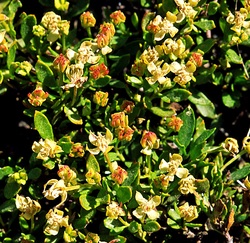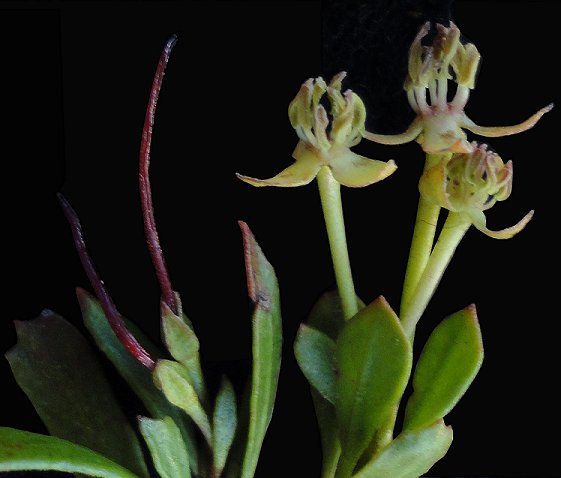Being a volunteer has its challenges, but sometimes there is great pleasure and achievement.
I had one of these moments today in the marri picnic area in the form of a primrose spider orchid, which has volunteered in one of the most degraded areas when the Friends of Foxes Lair was formed (1999). Two donkey orchids and a brown-banded greenhood orchid have also popped up.In recent years I have planted mallees and shrubs and look forward to them prospering. Stink bugs killing seedling growing points is an ongoing problem, which I am managing by using flyscreen covers.
In 2003 the marri picnic area was a bogan's paradise. A crowd gathered in the centre with booze and bonfire while cars took turns doing burnouts around them. Vandalism and rubbish were rife and the concrete picnic table shown in image 1 was destroyed by sledge hammer. Trees were chopped down for firewood. The yellow arrow marks the same tree to use as a reference point when comparing images.
By 2024 I hope to be still around to post an image showing healthy flowering mallees and shrubs here.
